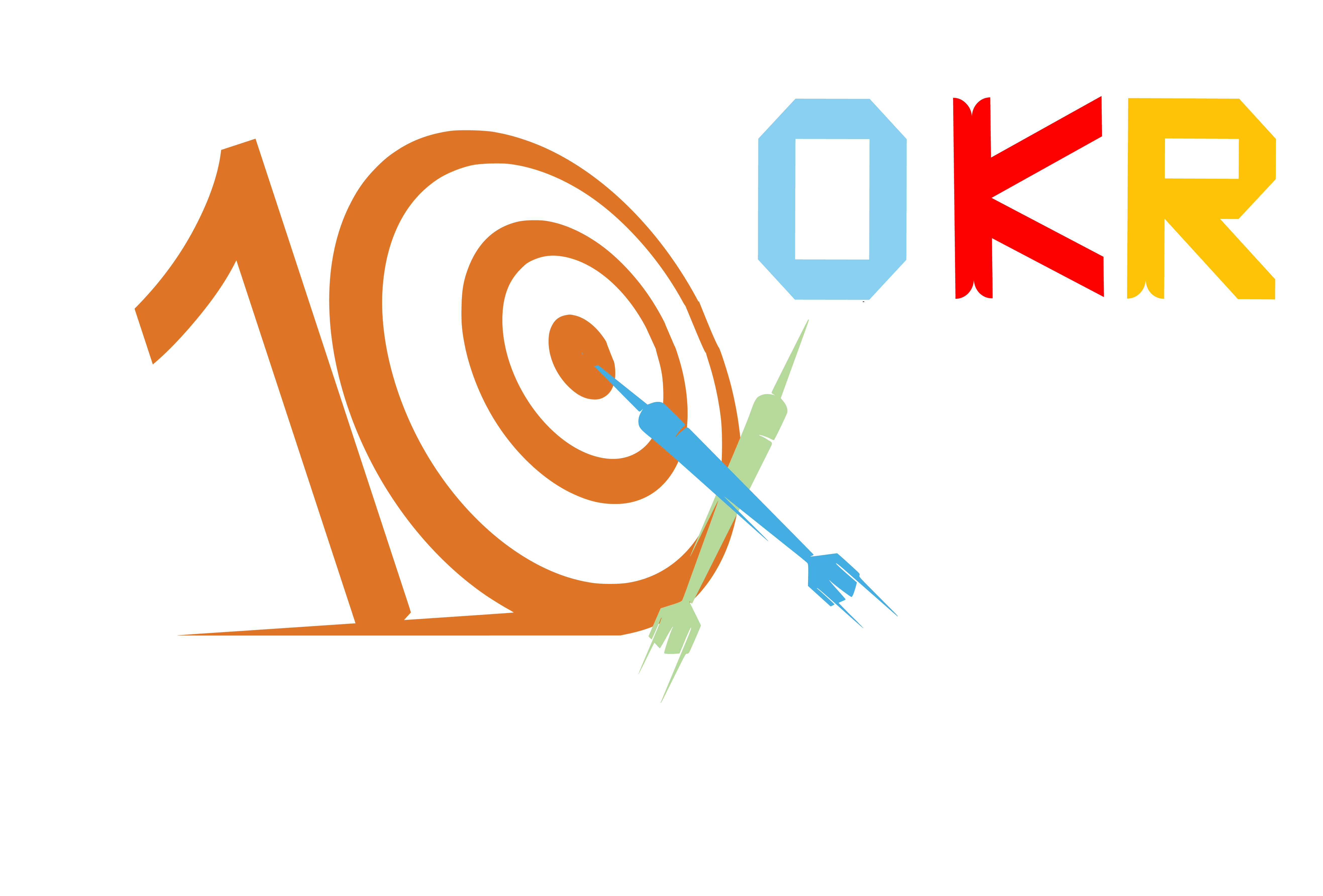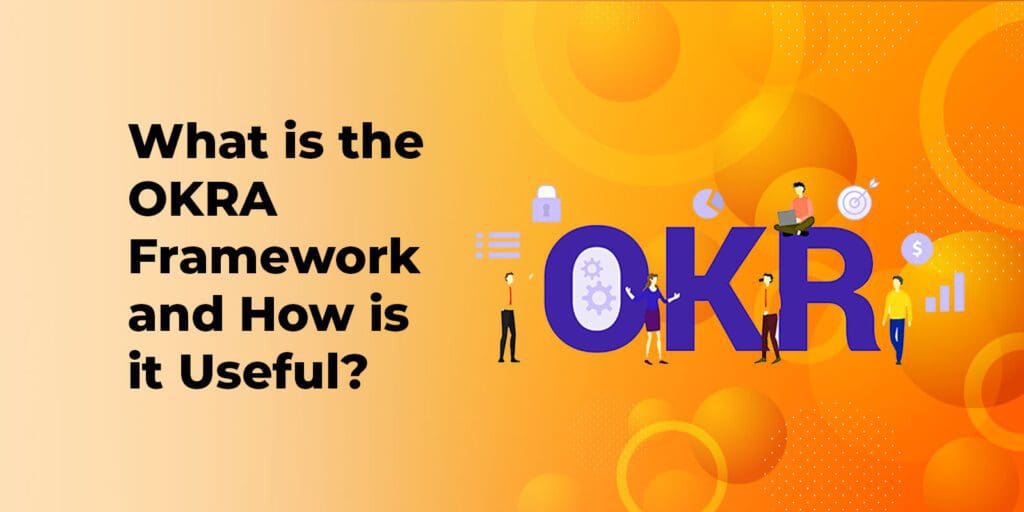Table of Contents
Demystifying The OKRA Framework For Potential Success
Objectives, Key Results, and Activities are referred to as OKRA. It is a framework for setting objectives that differ somewhat from the OKR framework. Activities are a further level of detail that OKRA adds to OKRs.
- Objectives: These are the lofty, long-term aims you want to accomplish.
- Key Results: In order to accomplish your goals, you must hit certain quantifiable benchmarks.
- Activities: These are the particular tasks you must carry out in order to reach your main goals.
In this blog, let’s take a quick look at why and how the OKRA framework helps make key results a reality.
What is OKRA?
OKRA stands for Objectives and Key Results + Action, and as the term suggests, it connects to how focusing on action can help this flexible framework live up to its potential.
What is the difference between OKR and OKRA Framework?
Individuals, teams, and organisations use the goal-setting frameworks of Objectives and Key Results (OKRs) and Objectives, Key Results, and Actions (OKRAs) to set difficult goals and track their growth.
| Feature | OKR | OKRA |
| Objectives | Qualitative statements that describe what you want to achieve. | Qualitative statements that describe what you want to achieve. |
| Key Results | Quantitative measures that track your progress towards your objectives. | Quantitative measures that track your progress towards your objectives. |
| Actions | Not included. | Specific steps that you will take to achieve your key results. |
| Frequency | Typically set quarterly. | Can be set on a weekly, monthly, or quarterly basis, depending on the needs of the individual or organization. |
How to Achieve Business Goals Through OKRA?
Creating company goals with the OKR framework needs action and implementation. This goal-setting and performance management approach aids in aligning the workforce’s efforts with company goals.


The mission and vision of any company are outlined through the objectives set to achieve them which informs the ‘where’ of the company. The ‘how’ is then followed by the to-do list in the form of key results the company makes. It defines the path the company plans to take to develop and ensure the maturity of the vision. Overall, this framework has revolutionised the internal workings of a company by making every step of the process more transparent.
Objective
This refers to the goals of a company that is well-aligned with its larger visions. Objectives help in achieving qualitative goals that are time bound but achievable. These provide a clear direction for the efforts a team or company must put in.
Key Results
Usually ranging from 3-5 per objective, these refer to the specific and measurable targets that track progress towards achieving an objective. They are metrics that indicate how far along a company is towards attaining its desired outcome. They are ambitious but achievable and bound within a given timeframe.
Actions
These are steps, initiatives or plans taken to achieve the key result within the stipulated time period. These should be well-defined and assigned to individuals or teams for better accountability. Action is measured by conversion rate towards specific Key Result metric.


What are the Benefits of the OKRA Framework?
The OKRA framework sets objectives that aid in organising team and individual activities in companies. It focuses on getting the best results and sets out challenging goals.
Some of the benefits of this framework are:
- Clarity: OKRAs make it clear what has to be done and what the goals are.
- Alignment: OKRAs support the alignment of people, groups, and organisations around shared objectives.
- Focus: OKRAs aid in concentrating efforts on the most crucial objectives.
- Measurability: Since OKRAs are quantifiable, progress can be monitored and outcomes can be evaluated.
- Agility: Because OKRAs are flexible, objectives and key outcomes may be changed as necessary.
Thus, the OKRA framework has re-engineered the hitherto traditional top-to-bottom approach to management and performance analysis. Successful companies like Google and Intel have utilised this framework for attaining their desired objectives.
Through the OKRA framework, action is promised and prioritised. The rest of the organisation works along with the leader(s) to set their own OKRs that will drive performance. Overall, this tool helps set better goals and achieve them through continuous actions.
Connect with us today; sign up for free & start your journey to success!



